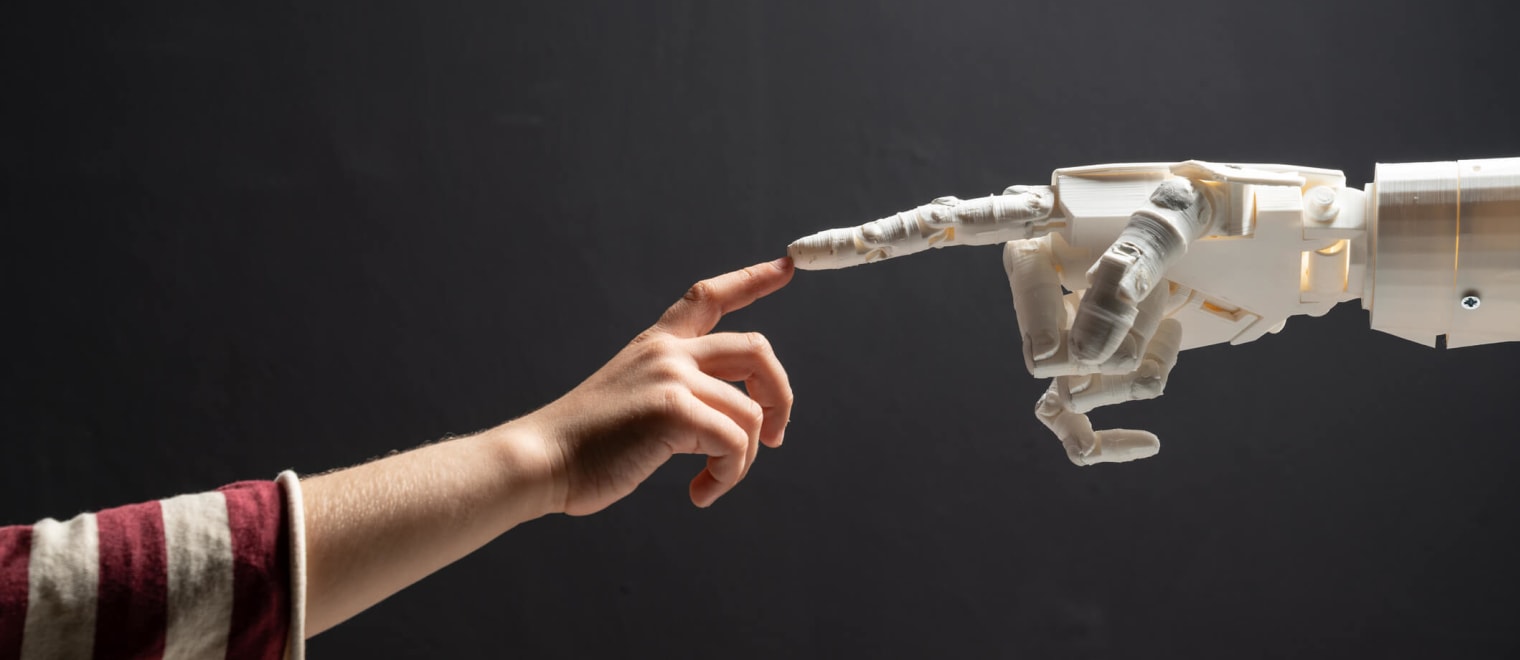This informal CPD article, ‘Unleashing Human Potential: Teachers as Architects of Sensory Mastery in the AI Era‘, was provided by Marwa EL HAJJ, Arts Integration Specialist, Co-founder and CEO of QIN Platform, who are passionate about transforming education and preparing students for the challenges of the 21st century. They provide innovative education solutions that integrate arts, STEM, health education, and sustainability seamlessly.
Teachers as Architects of Sensory Mastery in the AI Era
In an era overshadowed by the rapid advancement of artificial intelligence (AI), teachers often grapple with apprehensions that these intelligent machines may eventually supplant their roles in the classroom. However, it is essential to pause and examine this scenario from a different angle – one that celebrates teachers as the architects unlocking the full potential of students' senses and human capabilities.
As we stand at the precipice of the fourth wave of AI – Autonomous AI – it is crucial to grasp that, while machines have excelled at repetitive tasks and high-level cognitive functions, they still lack the sensory and sensorimotor skills that come naturally to humans. In essence, AI has mastered thinking but falters when it comes to the delicate art of human motion.
The Fourth Wave of AI
The current landscape of AI presents a captivating paradox. AI has mastered complex problem-solving and data analysis, yet it struggles with tasks that seem effortless to a toddler – grasping objects, recognizing facial expressions, and engaging in spontaneous creativity. In simpler terms, AI can diagnose diseases with pinpoint accuracy but finds humour and artistic improvisation elusive. This very distinction underscores the pivotal role of teachers.
Preparing Students for the AI Era
The pressing question emerges: How can educators seize this unique juncture in history to effectively prepare their students for the AI Era? The answer lies in identifying and nurturing the qualities that distinctly define humans amidst the AI surge – our sensorimotor skills, emotional intelligence, creativity, and authentic expression.
Here are some pathways through which teachers can guide students towards sensory mastery using various art forms:
- Sensory-Motor Skills through the Arts: Engaging in activities such as painting, sculpting, or playing musical instruments empowers students to hone their sensory-motor skills. For instance, sculpting clay or playing the piano demands intricate hand-eye coordination, fostering dexterity and spatial awareness. Similarly, dance, with its fusion of rhythm and movement, sharpens sensory-motor skills. Whether students are performing a graceful ballet or exploring contemporary dance, they synchronize their bodies with music, enhancing coordination, footwork, balance, and timing.














